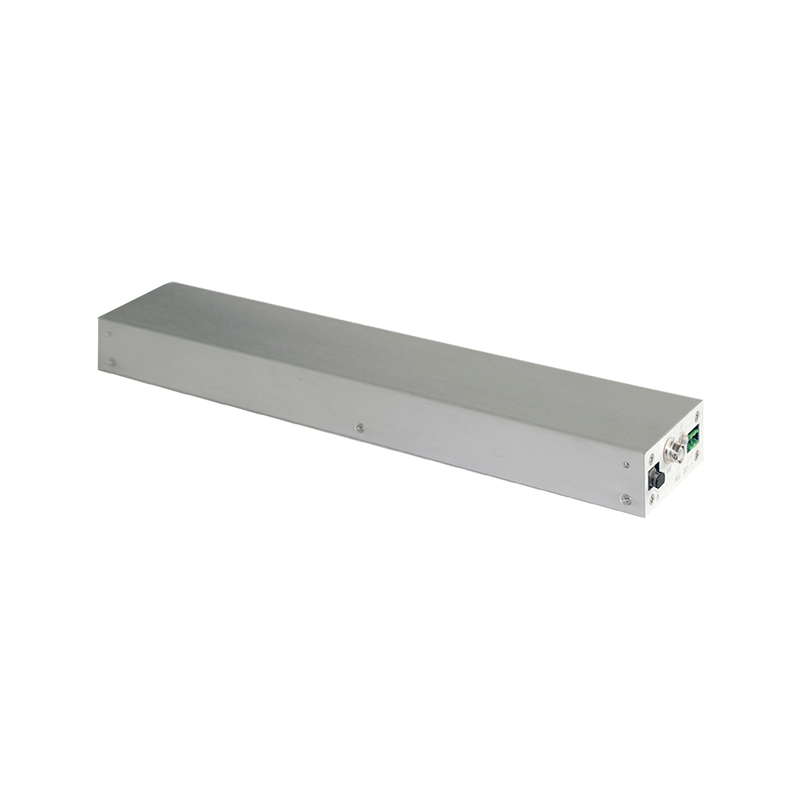Research on Stability of High-Frequency High-Voltage AC Power Supplies
Introduction
High-frequency high-voltage AC power supplies (HF-HVAC) are core components in modern power electronics, widely used in industrial dust removal, plasma processing, medical imaging, and precision manufacturing. Their stability directly determines system efficiency and reliability. However, challenges such as electromagnetic interference, thermal dissipation, and transient load response caused by high-frequency operation make stability a critical technical bottleneck.
1. Root Causes of Stability Challenges
Electromagnetic Resonance & Interference
High-frequency switching (kHz-MHz) induces resonant circuits formed by transformer leakage inductance and parasitic capacitance, leading to voltage oscillations. Electromagnetic interference (EMI) further disturbs control signals, reducing output accuracy.
Thermal Management Bottlenecks
Switching losses in power devices (e.g., IGBTs, MOSFETs) combined with copper/magnetic losses accelerate temperature rise. Studies show a 50% increase in failure rate per 10°C temperature rise, directly threatening long-term stability.
Slow Dynamic Response
In applications like electrostatic precipitators, abrupt dust concentration changes cause load impedance fluctuations. Response delays (>100μs) result in voltage sag or overshoot, degrading performance.
2. Core Technologies for Stability Enhancement
Topology Optimization
LLC resonant converters or dual-active-bridge (DAB) topologies reduce switching losses via zero-voltage switching (ZVS). Modular N+1 redundancy designs achieve 99.99% reliability.
Intelligent Control Algorithms
Adaptive PID and predictive control adjust PWM pulse width within 20μs, limiting voltage fluctuations to ±0.5%. EMI suppression techniques lower noise by 40dB.
Multi-Physics Thermal Management
Microchannel liquid cooling combined with phase-change materials reduces thermal resistance to 0.05°C/W. Thermal simulations ensure junction temperatures stay ≤125°C (safe threshold: 150°C).
3. Industry Application Validation
Electrostatic Precipitators
A steel plant retrofit project demonstrated voltage ripple <1% at 100kV/500mA output, increasing dust removal efficiency from 95.2% to 99.5% with annual energy savings of 120,000 kWh.
Medical Imaging Equipment
CT scanners require voltage fluctuations ≤0.1%. Digital closed-loop control improved X-ray tube current stability to 99.8%, eliminating image artifacts.
Conclusion & Outlook
Stability in HF-HVAC demands co-optimization of circuit topology, control strategies, and thermal management. Future trends include:
Wide-Bandgap Semiconductors: SiC devices enable higher switching frequencies (>100kHz), cutting losses by 30%;
Digital Twin Maintenance: Lifespan prediction models enable pre-failure interventions.
Multidisciplinary innovation remains key to balancing high frequency and stability.




















